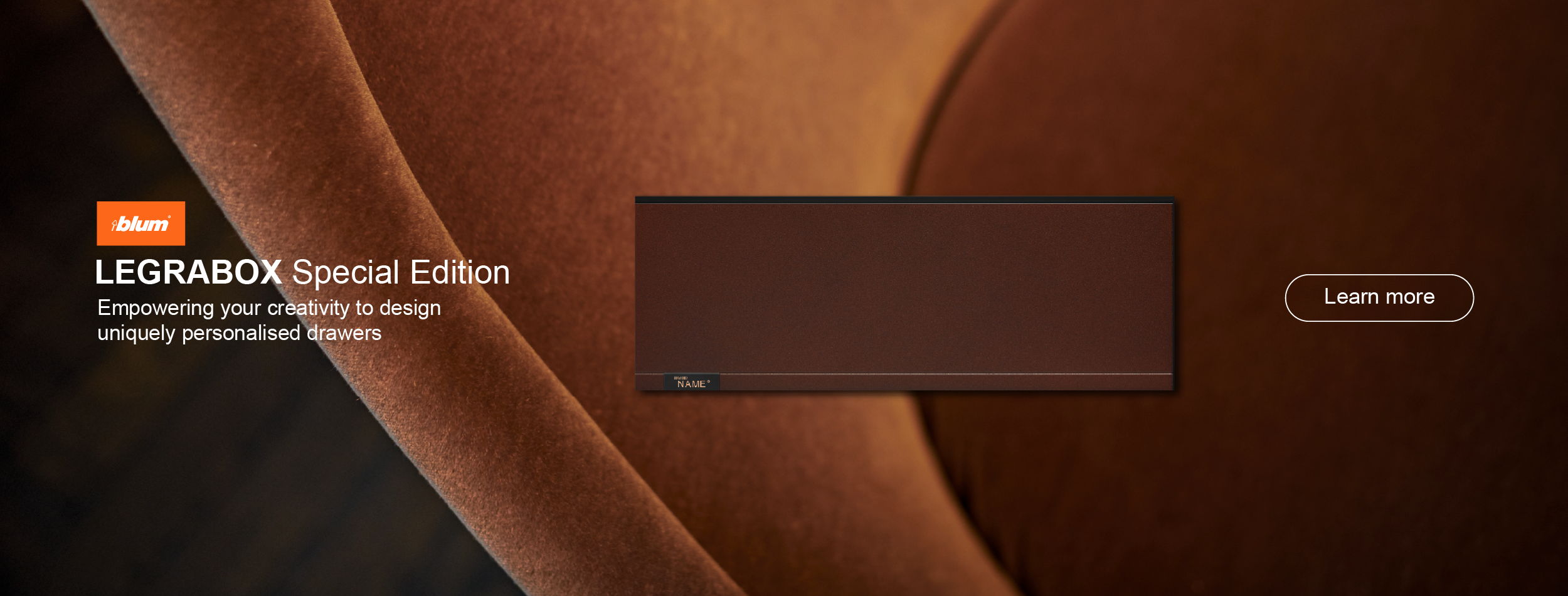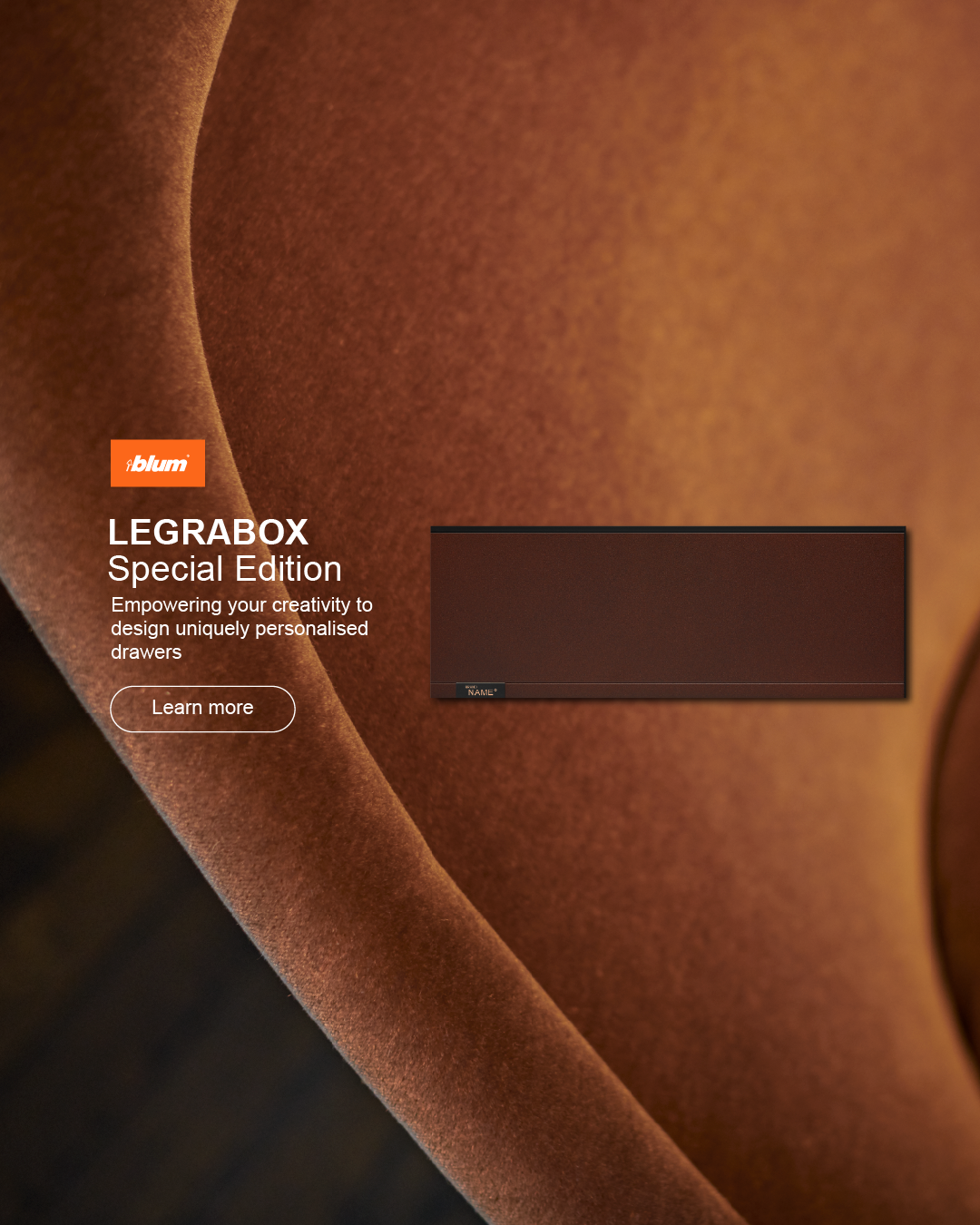
River Bend by InPlace and Vaughan Howard Architects
Perched above a bend in the Birrarung (Yarra River) in Eltham, this mid-century dwelling has been sensitively repaired by Vaughan Howard Architects, becoming a captivating setting for artists in residency programs as part of InPlace’s Garambi Baanj Cultural Precinct.
Built in 1968, River Bend occupies a site of profound social, cultural and environmental significance. In the river bend below, the last remaining Wurundjeri stone eel trap on the Birrarung (Yarra River) reflects centuries of ongoing cultural practice, while the Eltham area has long attracted artists, writers and architects who developed a unique approach to living harmoniously with nature – most notably through the work of the house’s original architect, Alistair Knox ,and landscape architect Gordon Ford.
By 2015, River Bend faced demolition by neglect, abandoned by local council with no clear future. Recognising its importance, not-for-profit arts and cultural organisation InPlace led a process to save the house, partnering with Parks Victoria and the Wurundjeri Corporation to establish the Garambi Baanj Cultural Precinct. “From the outset, we framed the project around the idea of repair, extending beyond built heritage to include cultural repair, ecological restoration and reconnection to place,” says architect Vaughan Howard.
The architects first sought to renew the original architecture with a Zincalume roof, which matches the original finish and profile, and repair its partially destroyed fascia. Asbestos soffits were replaced with plywood, enhancing both safety and durability, while original Oregon beams and fascias were meticulously sanded and oiled. “All extraneous items were removed from the house, including old fences and carports, stripping it back to its essence,” says Howard. New elements were sensitively introduced, including a discreet water treatment system cabinet made from weathering steel, harmonising with the surrounding environment over time.
Internally, original Welsh slate floors were painstakingly stripped back and re-sealed with natural linseed oil, allowing the home’s historic legacy to endure. While the architects sought to minimise planning changes, the removal of a wall separating the kitchen and dining room allowed for unobstructed views to the Birrarung and valley on entry, dramatically enhancing the home’s connection to its natural environment. Vaughan Howard Architects strengthened this link by embracing the experiential quality of materials “to amplify the landscape rather than be referential to the original era of the house,” explains Howard.
In the kitchen, handmade tiles by Melbourne maker Anchor Ceramics echo Eltham’s long lineage of ceramicists, their grey-green, matte finish recalling the dusty leaves of the Eucalyptus trees beyond. “Cold-rolled stainless-steel benchtops take on the glossy quality of the river, gently gathering the landscape in its milky reflections,” suggests Howard. A corner with the best view to the Birrarung is given over as a compact timber writer’s desk, offering a moment of respite to take in the surrounds.
By contrast, the main bedroom offers an intimate retreat, with new sisal carpets echoing the earthy tones of gravel, brick and the region’s shaley clay soil.
At the heart of River Bend lies the living room – a cosy setting to connect with the landscape, complete with an open fireplace. This generous volume opens out to a sweeping terrace, where decoratively laid brick paving was meticulously documented, removed, cleaned and re-laid by the home’s original builders and surrounded by indigenised planting. “The terrace overlooks the river and eel trap, and feels like an incredibly special place, particularly now it has been restored,” reflects Howard.
By contrast, the main bedroom offers an intimate retreat, with new sisal carpets echoing the earthy tones of gravel, brick and the region’s shaley clay soil. The removal of a built-in wardrobe uncovered original plywood linings and restored the room’s intended proportions, while a bespoke bed combining steel and salvaged Oregon harmonises with the architecture. A large walk-in pantry was removed to deliver an accessible shower in the adjacent ensuite, ensuring ease of use for all residents. Here, a simple bathhouse feel is pursued, combining terracotta floors, glossy Japanese tiles, brass trims and blue grass paper.
“The repair of this piece of architecture has, in a small way, contributed to providing a safe space where healing journeys can begin.”
Honouring the mid-century tradition of fitting out homes with locally produced furniture, Vaughan Howard Architects overlaid River Bend with a harmonious selection of iconic and contemporary design pieces. A Eucalypt-toned dining table and elemental pendant light by local designer and Eltham resident Kate Stokes, stage an intimate setting to gather, while a Featherston Chaise Lounge, Contour Armchair and ottoman hark back to the home’s mid-century origins.
Since completion, 24 artists have been residents in the Garambi Baan program, with initiatives that seek to repair connections to craft practices that hold deep cultural significance. “Residents have noted that River Bend feels like a healing place – a notion that extends across the project, from healing country, to healing broken connections with culture, knowledge and land,” reflects Howard. “The repair of this piece of architecture has, in a small way, contributed to providing a safe space where healing journeys can begin.”
Architecture by Vaughan Howard Architects. Build and joinery by Avver.




























